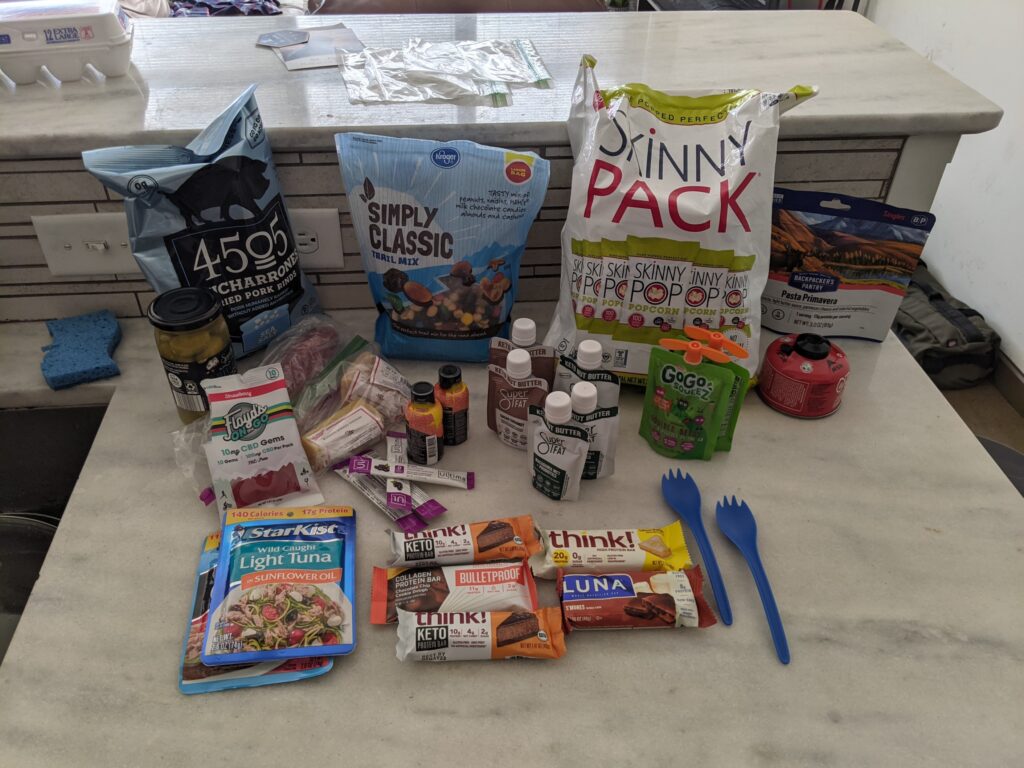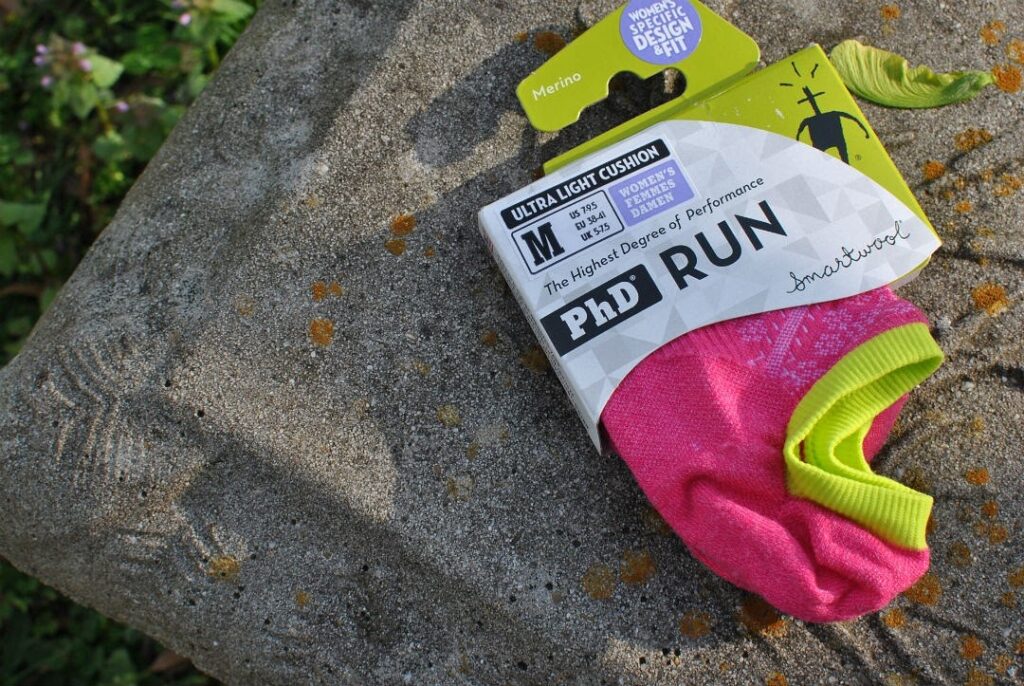There’s countless lists out there on what to bring for hiking. But I wanted to try something different and instead make a list of things not to bring on a hike.
I’ll also state that everyone should hike their own hike. I really believe that. I’m a pretty minimalist, bare bones, focus on speed kinda hiker so I might be a bit biased. But I think a lot of these can apply across the board.
The Whole Kitchen
Unless your glamping or camping with easy access to your car. It’s generally best to leave your Coleman Camping stove or cast iron skillet at home. You don’t need 10 different containers full of spices. Or your complete set of knives or wooden spoons.
You want to focus on lightweight and easy to pack items. Such as the MSR PocketRocket 2 Stove or the Jetboil system. Use a single spork to stir, mix items on your skillet. Or spread the peanut butter on your tortillas.
Purchase this handy container which can hold salt+pepper along with 2 more essential spices. Use a pocket knife to cut up your favorite summer sausage or veggies if you’re making a dish.
You can even just bring dry food only and not even bother cooking your food. Trail mix, beef jerky, tuna packets, peanut butter, flour tortillas, etc. More on that later.

Chairs
I’m talking about those compact-able chairs you’ll see alongside soccer fields on the weekends. Sure they come in handy and have may even have cup holders. But thats definitely a solid example of what not to bring on a hike. Those things are heavy and take up a lot of space.
If you really want to bring along a chair while hiking, go lightweight with specific hiking chairs. Crazy Creek is a popular brand that focuses specifically on hiking chairs. They’re packable, lightweight and easy to carry.
Or just sit on your sleeping pad. There’s also kits made to turn your inflatable sleeping pad into a chair. Like this one by Therm-A-Rest.
Cotton Anything
Cotton is evil!
Although, that’s a bit extreme, that’s kind of how I personally feel about cotton while on the trails. While it is comfortable and perfect in-town or at camp, it ends up being too heavy and not quick drying enough to warrant me bringing it along.
Goes for underwear, socks, shirts or jackets. I wear synthetic quick drying running shorts with built in liners for my bottoms/underwear. My socks are generally synthetic based Injinji toe socks or merino wool based Smartwool socks. Same for my tops, all synthetic based, typically polyester.
If you do want to enjoy the comfort of cotton while hiking, maybe limit it to a few items. Or a single shirt.

Flip-flops
They might be okay for the beach, but they’ll definitely ruin your hike. That is, unless you specifically bring them for camp. It’s always a great feeling when you get to slide out of your hiking shoes after a 15 mile day and let your feet breath.
I’ve seen people hiking in Chaco sandals but they have secure straps and are pretty thick soled. If you love your Chaco’s, you can easily give that a go. Just watch your toes.
But a heads-up, make sure they’re already broken in. I made a rookie mistake of trying to break in a fresh pair while hiking a month long section on the AT. There were multiple rubbing points and I had a bunch of painful blisters. I wrapped duct tape around each section of the straps that rubbed while also putting duct tape directly on my skin to help prevent further damage. It was not fun.
Anything Breakable
This should be pretty self explanatory but anything glass or ceramic will likely break if it’s not packed securely. Even then, there’s a higher chance it’ll still break.
For alcohol, you can opt for the canned 6 packs, Or maybe try individual sized wine cartons. You can also fill-up this flask with your favorite liquor. I love mine and have taken it on many backcountry trips.
Canned Food For Multi-Day Hikes
I learned this lesson fairly early on while hiking a week in Virginia’s Shenandoah National Park. I brought canned Chef-Boyardee ravioli and while it tasted amazing, I quickly realized that there was no trash can on the trail to throw it away.
Ended up carrying it for a day or two until we came across trash cans at a parking lot.
Instead opt for softer or more flexible packaging. Like tuna in packets, 90 second microwavable grain packets or whatever else is compactable. Unless it’s a jar of peanut butter. I’ve found that to be well worth it’s weight and space that it takes up while in the bag.
Traditional or Classic Hiking Boots
I’ll preface this by saying, if you’ve found this to be the best thing for you. Then by all means, do you.
But for others, maybe just getting into hiking. You don’t necessarily always have to go with the classic high laced, heavy hiking boot.
You can check out low or mid top hiking shoes. Or even trail running shoes. These options are a lot lighter weight and can still offer a decent amount of stability, along with all the other feature of hiking shoes.
Just be weary of ankle support. If you have a history of ankle issues, maybe stick with mid-top hiking shoes like Merrell Moab 2 Mid or the Keen Targhee III.
